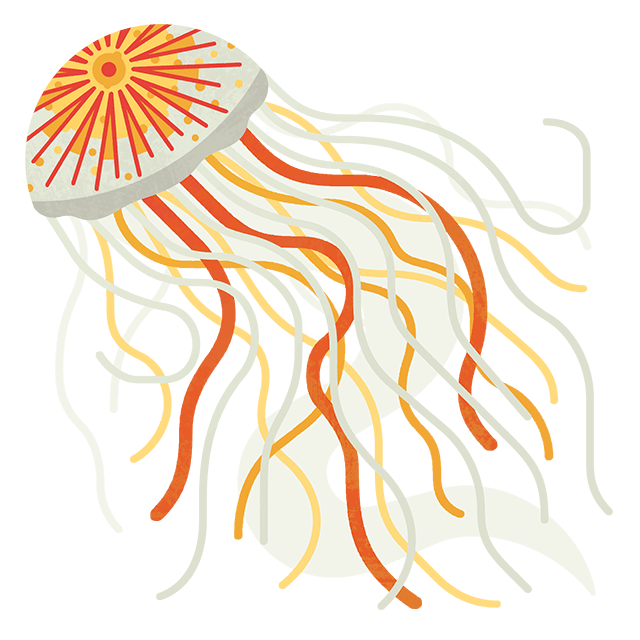
What is Remote Electronic Monitoring?
2 minute read
It’s incredibly important that all fishing activity is sustainable and one of the most effective ways to improve fisheries management is to roll out Remote Electronic Monitoring with cameras.
What is Remote Electronic Monitoring?
Remote Electronic Monitoring (REM) is a cost-effective tool that can be used to support sustainable fishing. It’s an interactive system involving cameras, GPS receivers and sensors on boats.
The combined technologies enable large amounts of independent information to be collected about fishing activities. This data can be accessed remotely by UK fishing authorities either over a mobile network when the vessel returns to port or, if the vessel has an internet connection (which most do), through satellite communications while the vessel is at sea. This means fishing authorities could be getting live updates on the boats’ activities.
The benefits of using REM are broad, but here's how REM can help answer three key questions that are vital for improved sustainability:
What is being caught?
Knowing what we are catching is an important first step to achieving truly sustainable fisheries management. If we don’t know what’s being caught it’s extremely hard to know how healthy fish populations are and how best to manage them.
REM systems that include cameras can gather this information for us. Cameras can fully document everything that is caught and provide an accurate picture of fishing activities by showing us the amount of fish caught, their sizes and species. All this information is incredibly important and currently not easy to get.
Where are boats going?
REM systems also include GPS location receivers which show exactly where fishing boats are. This information is already sometimes collected using Vessel Monitoring Systems (VMS), but on its own, location information can only tell us so much. Having cameras on boats to supplement location data is needed if we are to build a truly comprehensive picture of fishing activity in the UK’s seas.
When are boats fishing?
This question (and answer) is linked to the one above. While GPS tells us where boats are, sensors integrated into REM systems can tell us exactly when fishing activity starts and ends. Currently, we get this data by looking at the different speeds a boat moves at – slower speeds usually indicate fishing, while boats moving faster could be travelling from one fishing site to another. REM sensors would remove the need for fisheries authorities to make these assumptions as they can determine exactly when boats are fishing.

Credit: Norrie3699 via Shutterstock
Can the UK afford not to put cameras on boats?
The simple answer, from both an economic and environmental point of view, is no.
The UK Government has committed to implementing gold standard fisheries management. The easiest and most cost-effective way to do this is by putting cameras on UK fishing boats, starting with the larger vessels that catch the most fish.
Putting cameras on all boats longer than 10m in the UK, which catch over 90% of the fish, would cost between £4.8 and £6.75 million a year. To put that into perspective, that’s less than 1% of the value of seafood caught by these vessels and roughly a quarter of what the UK Government is currently spending on putting observers on boats. While cameras can never replace observers, they can certainly provide a huge amount of supplementary data at a relatively low cost.
The UK needs to act now to redefine the way we manage fisheries and show a commitment to sustainability.


